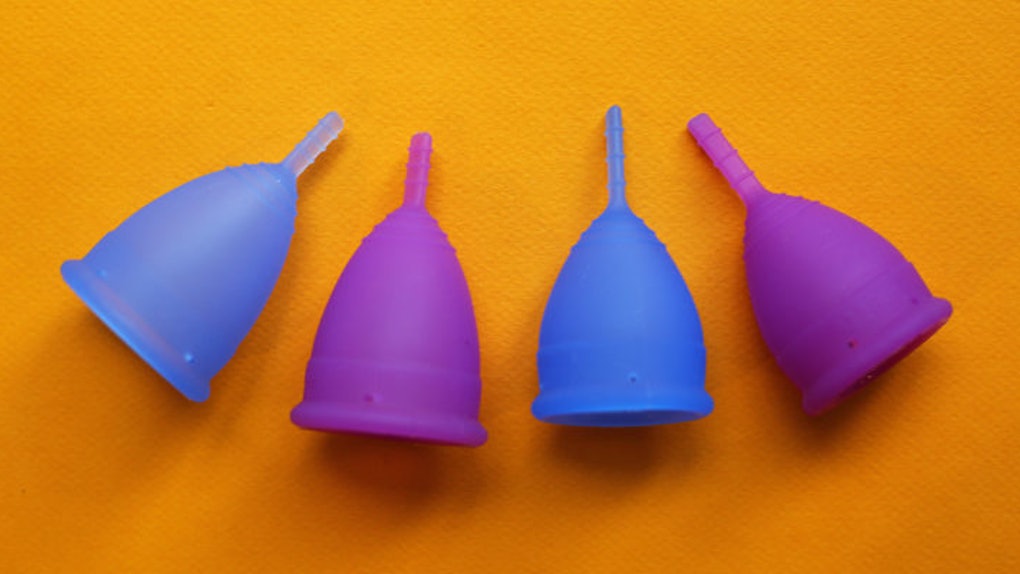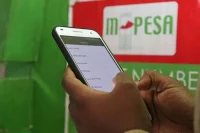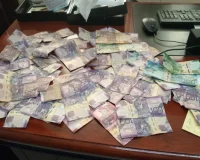Menstrual cup have existed for about 90 years but many women are unaware of the alternative to tampons and sanitary towels.
The Lancet Public Health journal on Tuesday assured women the cups are safe, effective and can save money and reduce waste and water usage.
The new large scientific review of sanitary products looked at 43 studies involving 3,300 women and girls living in developed and developing countries.
The research looked at the concerns about trying a menstrual cup included pain and difficulty fitting or removing it, as well as leakage.
In four studies involving about 300 participants compared leakage between menstrual cups and disposable pads or tampons. Leakage was similar in three of the studies and significantly less among menstrual cups in one study.
However, in 13 studies reviewed showed that 70 percent of women wanted to continue using menstrual cups once they were familiar with how they worked.
{ Read: Girls in Kajiado schools benefit from free sanitary towels }
About 11-33 percent of women in the study from high-income country knew of the product indicating that menstrual education resources are not providing a comprehensive overview of products to support informed choices.
Menstrual cups collect rather than absorb period blood and can be re-used for nearly 10 years.
The cups are made of soft, flexible material, such as rubber or silicone.
During menstruation, the cups are inserted into the vagina and are usually emptied after six hours but can last longer. This is because they can collect more menstrual blood than tampons or sanitary pads.
The menstrual cups are to be used when they are clean and dry. The user is supposed to fold the cup and insert it in the vagina where it unfold and form a leak-free seal.
When removing it, the user squeezes the bottom of the cup to release the seal. The contents are then to be emptied into the toilet and the cup washed, sterilised for the next usage.
{ See Also: KEBS investigates Always sanitary pads following online outcry }
The research revealed that 199 menstrual cup brands available in 99 countries costing between Sh2,000- Sh4,600 according to the study.
Because of its reusable nature and material used to manufacture it, the menstrual cups are considered to be a greener option for the environment than tampons and sanitary towels.
The researchers believe that making menstrual cups available globally could help to tackle period poverty and health problems such as infections — even where water and toilet facilities are poor.
Menstruation is part of life for 1.9 billion girls and women across the globe. When women can’t afford adequate menstrual products, something referred to as period poverty, they suffer serious consequences, like missing out on school.












Leave a comment